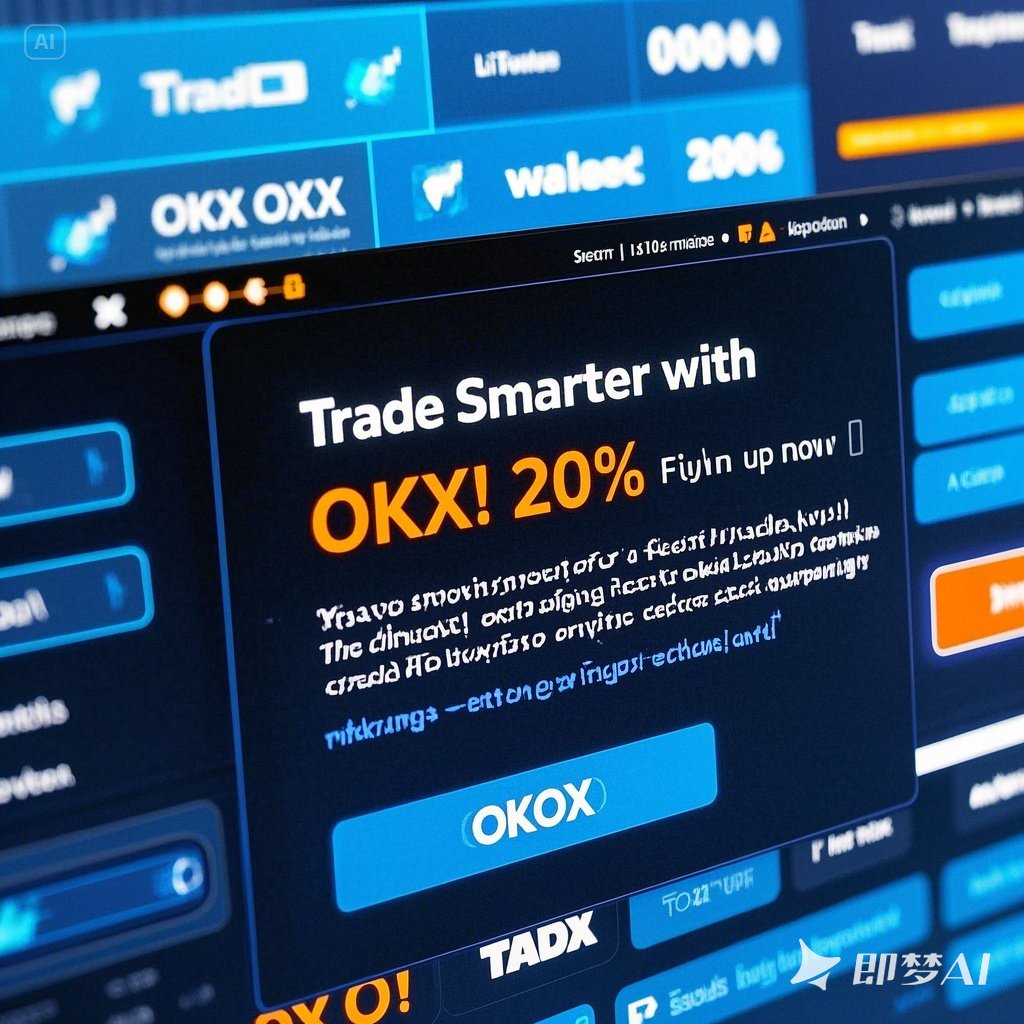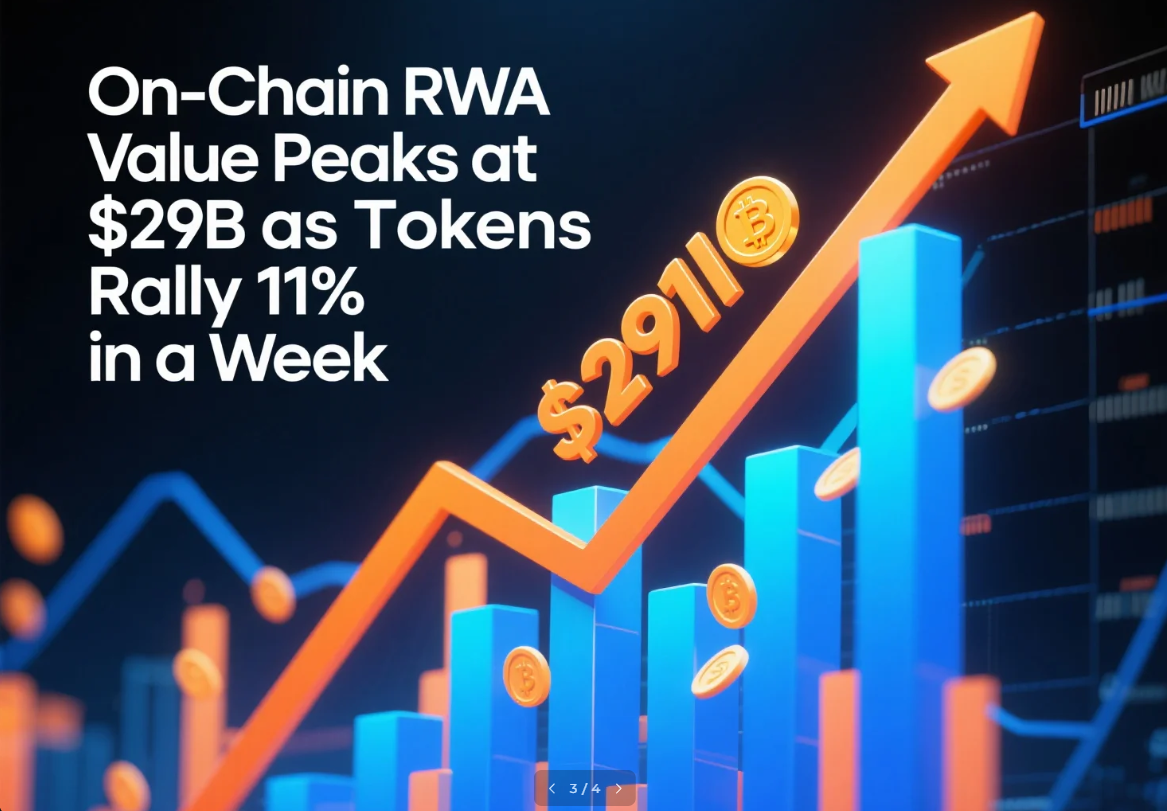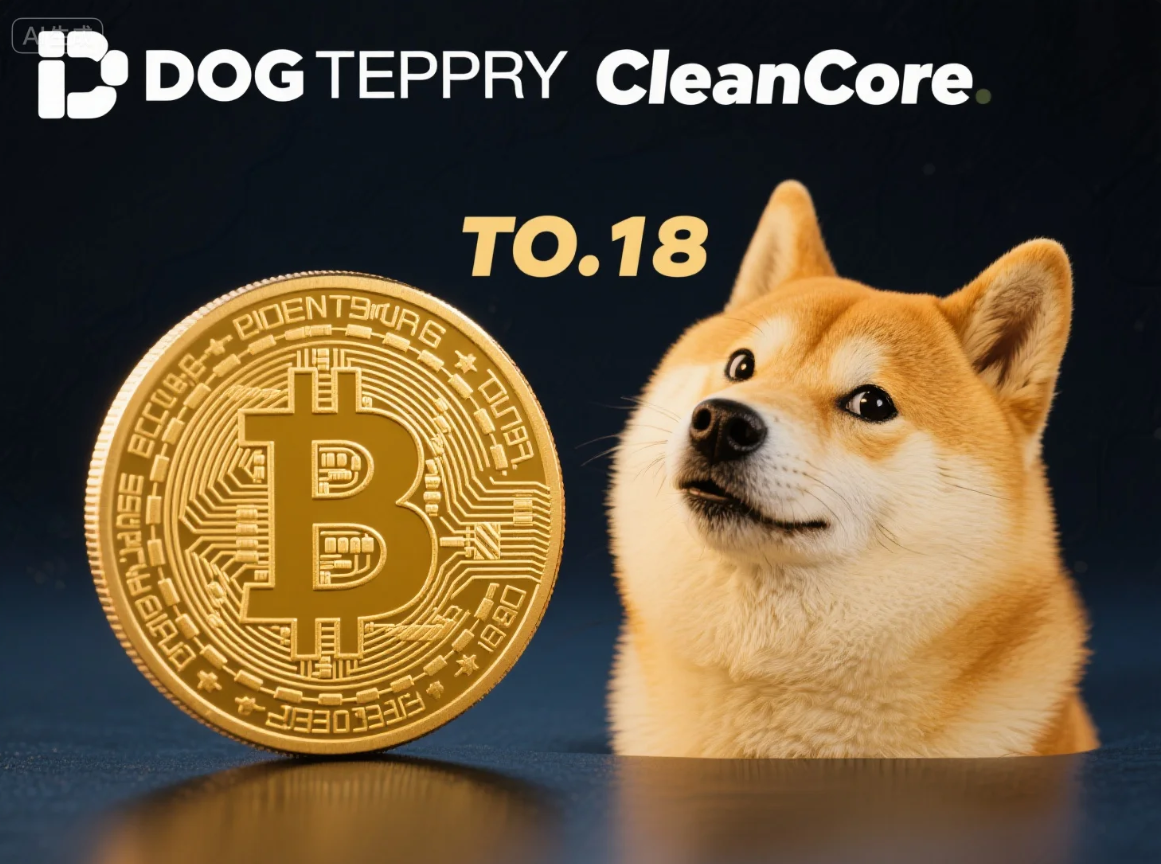Resolv Protocol In-Depth Analysis: How Delta-Neutral Stablecoins Backed by ETH and BTC Work for Crypto Investors
Don’t just sign up — trade smarter and save 20% with referral codes: Binance WZ9KD49N / OKX 26021839
What is a stablecoin?
What is a Stablecoin?
What is a Stablecoin?
A stablecoin is a type of cryptocurrency designed to minimize volatility and maintain a stable value. Unlike traditional cryptocurrencies like Bitcoin or Ethereum, which can experience significant price fluctuations, stablecoins are pegged to more stable assets such as fiat currencies (e.g., the US dollar), commodities (e.g., gold), or other cryptocurrencies.
The Purpose of Stablecoins
Stablecoins address one of the major challenges in the cryptocurrency ecosystem: volatility. Traditional cryptocurrencies are known for their extreme price swings, which can make them impractical for everyday transactions. Stablecoins aim to provide the benefits of digital currency—such as fast, secure, and borderless payments—while maintaining stability, making them suitable for both retail users and institutional investors.
Types of Stablecoins
Fiat-Collateralized Stablecoins: These stablecoins are backed by a reserve of traditional assets, typically fiat currencies like the US dollar. For example, Tether (USDT) and USD Coin (USDC) are examples of fiat-collateralized stablecoins. Each unit is backed by a corresponding amount of fiat currency held in reserves. Commodity-Collateralized Stablecoins: These stablecoins are backed by commodities such as gold or oil. For instance, Pax Gold (PAXG) is a stablecoin that represents ownership of physical gold bullion stored in secure vaults. Crypto-Collateralized Stablecoins: These stablecoins are backed by other cryptocurrencies. They often use over-collateralization to ensure stability. An example is MakerDAO’s DAI, which is collateralized by multiple cryptocurrencies and algorithmically stabilized. Algorithmic Stablecoins: Unlike other types, algorithmic stablecoins do not rely on external collateral. Instead, they use algorithms and smart contracts to control supply and demand, attempting to maintain a stable price. Examples include Ampleforth (AMPL) and TerraUSD (UST).
Advantages of Stablecoins
Stablecoins offer several advantages:
Price Stability: The primary benefit of stablecoins is their ability to maintain a consistent value, making them ideal for transactions, savings, and trading. Fast and Secure Transactions: As with other cryptocurrencies, stablecoins enable near-instantaneous cross-border transactions without the need for intermediaries. Accessibility: Stablecoins can be accessed globally, providing financial services to individuals who may not have access to traditional banking systems. Regulatory Compliance: Due to their stability, stablecoins are often easier to integrate into existing financial frameworks, facilitating regulatory oversight.
Risks and Challenges
Despite their benefits, stablecoins also come with risks:
Counterparty Risk: In the case of fiat-collateralized stablecoins, there is a risk that the issuer may not hold sufficient reserves to back all issued tokens. Smart Contract Vulnerabilities: Crypto-collateralized and algorithmic stablecoins rely on smart contracts, which can be susceptible to bugs or exploits. Centralization Concerns: Some stablecoins, particularly those issued by private entities, raise concerns about centralization and censorship.
As the cryptocurrency market continues to evolve, stablecoins are likely to play an increasingly important role in bridging the gap between traditional finance and decentralized ecosystems.
What does “delta-neutral” mean in finance?
What Does “Delta-Neutral” Mean in Finance?
What Does “Delta-Neutral” Mean in Finance?
In finance, the term “delta-neutral” refers to a strategy used by traders and investors to manage risk associated with price movements in financial instruments. To understand delta-neutral, we first need to grasp the concept of “delta.”
Understanding Delta
Delta is a measure of how much the price of an option changes in relation to the underlying asset’s price movement. For example, if a stock’s price increases by $1 and the price of its corresponding call option increases by $0.50, the delta of that option would be 0.50. In this case, the delta represents the sensitivity of the option’s price to the underlying asset’s price.
Options can have deltas ranging from 0 to 1 (for call options) or from -1 to 0 (for put options). A delta of 1 means the option moves dollar-for-dollar with the underlying asset, while a delta of 0 suggests no correlation between the option and the asset’s price.
The Concept of Delta-Neutral
A delta-neutral position is one where the overall delta of a portfolio is zero. This means that any change in the price of the underlying asset will not significantly affect the value of the portfolio as a whole. Traders achieve this by balancing long and short positions in options and their underlying assets.
For instance, if you own a call option with a delta of +0.50, you could hedge your position by selling shares of the underlying stock that have a delta of -0.50. The combined delta of both positions would then equal zero, making the portfolio delta-neutral.
Why Use a Delta-Neutral Strategy?
Traders use delta-neutral strategies primarily to reduce exposure to market volatility. By neutralizing the impact of small price fluctuations in the underlying asset, they can focus on other factors such as time decay or implied volatility without being overly concerned about directional price swings.
This approach is particularly useful in volatile markets where predicting the direction of asset prices becomes challenging. It allows traders to profit from strategies like gamma trading, where they benefit from increased volatility without taking significant directional bets.
Challenges of Maintaining Delta-Neutral Positions
While delta-neutral strategies offer benefits, they also come with challenges. Market conditions are dynamic, meaning that the delta of individual positions may shift over time due to changes in asset prices, volatility, or time to expiration. As a result, traders must continuously monitor and rebalance their portfolios to maintain neutrality.
Additionally, achieving true delta-neutrality requires precise calculations and frequent adjustments, which can increase transaction costs and complexity. However, for experienced traders, these trade-offs are often worth the effort to minimize risk and maximize returns.
Conclusion
In summary, “delta-neutral” is a key concept in options trading and risk management. By balancing positions to eliminate directional bias, traders can protect themselves against unwanted losses caused by minor price movements in the underlying asset. While maintaining a delta-neutral portfolio demands diligence and expertise, it remains a valuable tool for those seeking stability amidst market uncertainty.
How does Resolv Protocol ensure stability using ETH and BTC?
How Does Resolv Protocol Ensure Stability Using ETH and BTC?
How Does Resolv Protocol Ensure Stability Using ETH and BTC?
Resolv Protocol is designed to leverage the stability of established cryptocurrencies such as Ethereum (ETH) and Bitcoin (BTC) to ensure its own stability. By integrating these two leading digital assets into its ecosystem, Resolv Protocol creates a foundation that is resilient against market volatility, offering users a secure platform for decentralized applications (dApps).
1. Diversified Collateral Pool
One of the primary ways Resolv Protocol ensures stability is through its diversified collateral pool. The protocol uses both ETH and BTC as primary collateral assets. This diversification helps mitigate risks associated with relying solely on one asset. Since ETH and BTC represent different segments of the cryptocurrency market—ETH being more programmable and BTC being more store-of-value oriented—the combination provides a balanced approach to managing risk.
2. Price Stability Mechanisms
Resolv Protocol employs sophisticated price stability mechanisms to maintain equilibrium within its system. These mechanisms include:
Collateral Ratio Adjustments: The protocol dynamically adjusts the collateral ratio based on real-time market conditions. For instance, during periods of heightened volatility, the collateral ratio may increase to provide additional security for stablecoins issued by the protocol. Market Maker Incentives: Resolv incentivizes market makers to participate actively in maintaining liquidity and balance between ETH, BTC, and the stablecoin. This ensures that there is always sufficient supply and demand to keep prices stable.
3. Oracle Integration for Accurate Pricing
To ensure precise pricing data for ETH and BTC, Resolv Protocol integrates high-quality oracles like Chainlink. These oracles fetch real-world data feeds to provide accurate and tamper-proof price information. By relying on trusted oracles, the protocol can make informed decisions regarding collateral adjustments, minting, and burning of stablecoins, thereby preserving stability.
4. Cross-Chain Liquidity Solutions
Resolv Protocol also addresses cross-chain liquidity challenges by leveraging solutions that facilitate seamless interaction between ETH and BTC ecosystems. This includes utilizing Layer 2 scaling solutions or bridging protocols to enhance interoperability. By ensuring smooth transactions across chains, Resolv reduces potential friction points that could otherwise destabilize the system.
5. Decentralized Governance
Finally, Resolv Protocol empowers its community through decentralized governance. Token holders have a say in key decisions related to protocol upgrades, parameter changes, and emergency measures. This decentralized decision-making process fosters trust and accountability, reinforcing the stability of the entire system.
In summary, Resolv Protocol achieves stability by combining the strengths of ETH and BTC, implementing robust price stability mechanisms, integrating reliable oracles, addressing cross-chain liquidity issues, and fostering decentralized governance. These strategies collectively create an environment where users can confidently engage with dApps built on top of the protocol.
Overview of decentralized finance (DeFi) and its relevance to Resolv Protocol.
Overview of Decentralized Finance (DeFi) and Its Relevance to Resolv Protocol < p { color: #555; } ul { list-style-type: disc; padding-left: 20px; } strong { color: #007BFF; } < p { margin-bottom: 15px; } .key-point { font-weight: bold; color: #e74c3c; } < h2 { color: #34495e; } p { margin-bottom: 15px; } .comparison-table { width: 100%; border-collapse: collapse; margin: 20px 0; } .comparison-table th, .comparison-table td { border: 1px solid #ddd; padding: 8px; text-align: left; } .comparison-table th { background-color: #42b983; color: white; } .comparison-table tr:nth-child(even) { background-color: #f9f9f9; } .comparison-table tr:hover { background-color: #f1f1f1; } .summary { font-weight: bold; color: #e74c3c; }
Comparison of Resolv Protocol with Other Stablecoins
Stablecoins have become an essential component of the cryptocurrency ecosystem, providing users with a bridge between traditional finance and digital assets. Among the many stablecoins available in the market, Resolv Protocol stands out due to its unique approach to stability and utility. This section compares Resolv Protocol with other prominent stablecoins such as USDT (Tether), USDC (USD Coin), DAI, and BUSD.
Resolv Protocol vs. Tether (USDT)
Tether (USDT) is one of the oldest and most widely used stablecoins, pegged 1:1 with the U.S. dollar. However, it has faced scrutiny over transparency and reserve management. In contrast, Resolv Protocol offers a decentralized solution that relies on algorithmic mechanisms to maintain stability without holding reserves. While USDT benefits from widespread adoption and liquidity, Resolv Protocol emphasizes transparency and user control through smart contracts.
| Pegging Mechanism | Algorithmic | Centralized Reserves |
| Transparency | High (Smart Contracts) | Low (Limited Audits) |
| Liquidity | Moderate | Very High |
| Adoption Rate | Emerging | Extensive |
Resolv Protocol vs. USD Coin (USDC)
USD Coin (USDC), issued by Circle, is another centralized stablecoin pegged to the U.S. dollar. Unlike Resolv Protocol, USDC operates within a regulated framework, ensuring compliance with financial laws. Resolv Protocol, however, focuses on decentralization and innovation, offering users greater autonomy and flexibility. While USDC provides strong legal backing, Resolv Protocol appeals to those seeking a more open and transparent system.
| Regulation | Minimal | Highly Regulated |
| Decentralization | High | Centralized |
| Use Cases | Innovative | Mainstream Payments |
| User Base | Niche | Broad |
Resolv Protocol vs. DAI
DAI, created by MakerDAO, is a decentralized stablecoin that uses collateralized debt positions (CDPs) to maintain its peg. While both Resolv Protocol and DAI prioritize decentralization, Resolv Protocol employs a novel algorithmic model to achieve stability. This makes Resolv Protocol potentially more scalable and adaptable than DAI, which relies heavily on Ethereum’s gas fees and CDPs.
| Stability Mechanism | Algorithmic | Collateralized Debt Positions |
| Gas Fees | Lower | Higher |
| Scalability | High | Moderate |
| Collateral Type | No Collateral Required | Ethereum-Based Assets |
Resolv Protocol vs. Binance USD (BUSD)
Binance USD (BUSD), a stablecoin issued by Binance in partnership with Paxos, combines the strengths of centralized and decentralized systems. BUSD is regulated and backed by fiat reserves, similar to USDT and USDC. In contrast, Resolv Protocol operates entirely on blockchain technology, eliminating the need for intermediaries. This makes Resolv Protocol ideal for users who value decentralization and trustless operations over regulatory oversight.
| Issuance Model | Decentralized | Centralized |
| Regulatory Compliance | Minimal | Strong |
| Transaction Speed | Fast | Fast |
| Trustless Nature | Yes | No |
Summary
Resolv Protocol distinguishes itself from other stablecoins by leveraging advanced algorithmic models and prioritizing decentralization. While established stablecoins like USDT, USDC, and BUSD offer robust liquidity and regulatory compliance, Resolv Protocol caters to users seeking innovation, transparency, and user empowerment. On the other hand, DAI provides a strong decentralized alternative but faces limitations in scalability and cost efficiency compared to Resolv Protocol. Ultimately, the choice of stablecoin depends on individual preferences and use cases.
Future potential and scalability of Resolv Protocol.
Future Potential and Scalability of Resolv Protocol
The Resolv Protocol stands at the forefront of decentralized identity management, offering a scalable and robust solution to the challenges faced by traditional centralized systems. As the demand for secure, privacy-preserving digital identities continues to grow, Resolv Protocol is uniquely positioned to meet these needs while fostering innovation across multiple sectors.
Expanding Use Cases
Resolv Protocol’s modular architecture allows it to adapt to a wide range of applications, from decentralized finance (DeFi) to supply chain management and beyond. By enabling seamless integration with existing blockchain networks, Resolv empowers developers to create innovative solutions that prioritize user control over personal data. This flexibility ensures that the protocol can evolve alongside emerging technologies, ensuring long-term relevance and utility.
Scalability Solutions
One of the most critical aspects of any blockchain-based protocol is its ability to scale effectively without compromising performance or security. Resolv Protocol addresses this challenge through advanced sharding techniques and layer-two scaling solutions. These innovations enable the network to handle increased transaction volumes efficiently, making it suitable for enterprise-level adoption. Additionally, the protocol’s interoperability features allow it to connect seamlessly with other blockchains, further enhancing its scalability and reach.
Innovative Features and Roadmap
Looking ahead, Resolv Protocol has an ambitious roadmap that includes the development of new tools and features aimed at improving user experience and expanding functionality. Upcoming releases will focus on enhancing privacy-preserving mechanisms, introducing AI-driven identity verification processes, and integrating advanced analytics capabilities. These enhancements not only ensure compliance with evolving regulatory standards but also provide users with greater confidence in the security and reliability of their digital identities.
Community and Ecosystem Growth
A strong community is vital for the success of any decentralized project, and Resolv Protocol is no exception. The protocol fosters collaboration among developers, businesses, and end-users through open-source initiatives, hackathons, and educational programs. By nurturing a vibrant ecosystem, Resolv aims to accelerate adoption and drive forward-thinking applications that leverage its core technology. This collaborative approach ensures that the protocol remains responsive to market demands and continues to innovate in meaningful ways.
Conclusion
With its focus on security, scalability, and versatility, Resolv Protocol holds immense promise for reshaping how individuals and organizations interact within the digital landscape. As more industries recognize the value of decentralized identity management, Resolv is poised to become a cornerstone of the Web3 economy. By staying committed to continuous improvement and fostering a thriving ecosystem, Resolv Protocol is well-equipped to unlock new possibilities and redefine what’s possible in the world of decentralized identity solutions.














